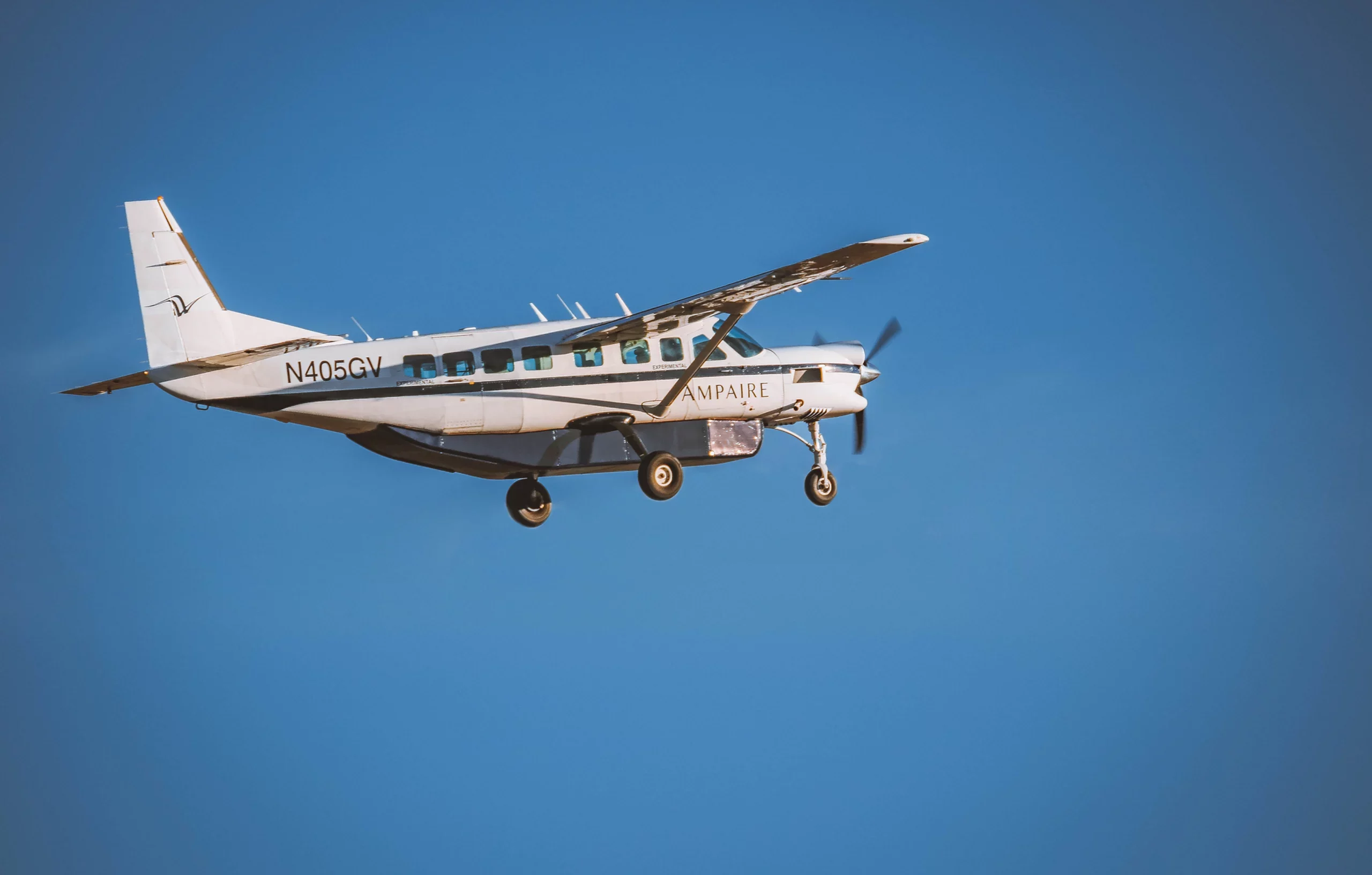NEWSLETTER
In Conversation: Holly Boyd-Boland, Virgin Atlantic


One of the companies we highlighted in our next-generation aircraft report, was California-based Ampaire.
Ampaire has a hybrid-electric route map that sees it first of all retrofitting smaller commuter and regional aircraft, before eventually developing its own.
Last week Ampaire carried out the first successful test of its ‘Eco-Caravan’, a modified version of the eleven-seat Cessna Grand Caravan.
Ampaire is now one of the few companies in the low-emissions aviation space to have carried out a successful test flight.
Others include Eviation with the nine-seater all-electric ‘Alice’, electric engine manufacturer magniX with Canada’s Harbour Air, and a number of eVTOL startups.
Ampaire expects the Eco Caravan to be the first certified (hybrid) electric aircraft to come into service in 2024, so far sooner than most of the competition.
Like other aircraft in this space, Ampaire seeks to solve the problems of noise, emissions, and cost that have hampered regional aviation.
The company says that the Eco Caravan reduces fuel emissions by up to 70%, but this is reduced further when SAF is used for the turbine engine.
Ampaire also claims that the cost of operation is reduced by 25-40%, and crucially that the battery can be recharged in-flight, meaning the aircraft can fly into airports that haven’t yet introduced charging facilities for electric aircraft.
Ampaire’s aim is to graduate from the Eco Caravan to the 19-seat ‘Eco Otter’ (a modified Twin Otter), in a project being undertaken with NASA.
Eventually, Ampaire intends to produce its own aircraft, the “Tailwind”.
Though it’s true that small aircraft projects like this won’t make much of a difference in aviation’s journey to net zero, they are still significant in three ways.
First of all, it helps the industry as a whole for the technology to be developed and to be proven in flight.
Secondly, these aircraft have the potential to rejuvenate a lot of smaller regional airports that have lost commercial services.
And finally, many of the companies we highlighted in our report have mapped out a strategy to move to larger regional aircraft, up to (initially) the 50-80 seat size.
From SimpliFlying CEO Shashank Nigam:
Getting Net Zero is not a 2050 mission. It’s about action today. And in 2026, then in 2030. How Air New Zealand is getting there is inspiring.
Under an ambitious program inviting innovative suppliers from around the world, the Kiwi airline has announced two goals:
1. Fly its first commercial demonstrator flight from 2026
2. Begin replacing its Q300 domestic fleet with a more sustainable aircraft – likely green hydrogen or battery hybrid systems – from 2030.
Unsurprisingly, the airline has had over 30 aircraft developers respond with ideas and insights to guide the technology development.
Let’s see who wins this race- a race that will help all of aviation.
Read more – Time to act, Air New Zealand says as it plans for 2026 zero emission flights.
Deal news
Ryanair & Wizz Air Sign New Sustainable Aviation Agreements (Simple Flying)
Air Canada pays $50 million to fight climate change (Travel Radar)
LAX takes delivery of 500,000 gallons of sustainable aviation fuel (Airport World)
UK Airtanker has first ever fight on sustainable fuel (Business & Innovation)
Mexico’s VivaAerobus raises $51mn with sustainability bond (CH-Aviation)
Brisbane Airport secures renewable energy future (Aviation Source)
© 2022 SimpliFlying Pte. Ltd.